3D Printing
3D Printing Services for Rapid Prototyping and Series Production
At ZKPTC, we specialize in providing cutting-edge 3D printing solutions tailored for rapid prototyping and series production. Our advanced technologies, including SLA, HP MJF, SLS, and SLM, deliver exceptional precision and quality, with tolerances as tight as ±0.2 mm. Whether you’re developing prototypes to test your designs or producing parts at scale, our experts ensure fast, reliable, and high-resolution results that meet your exact specifications.Trust ZKPTC for precision-driven 3D printing services that bring your ideas to life with speed and efficiency.
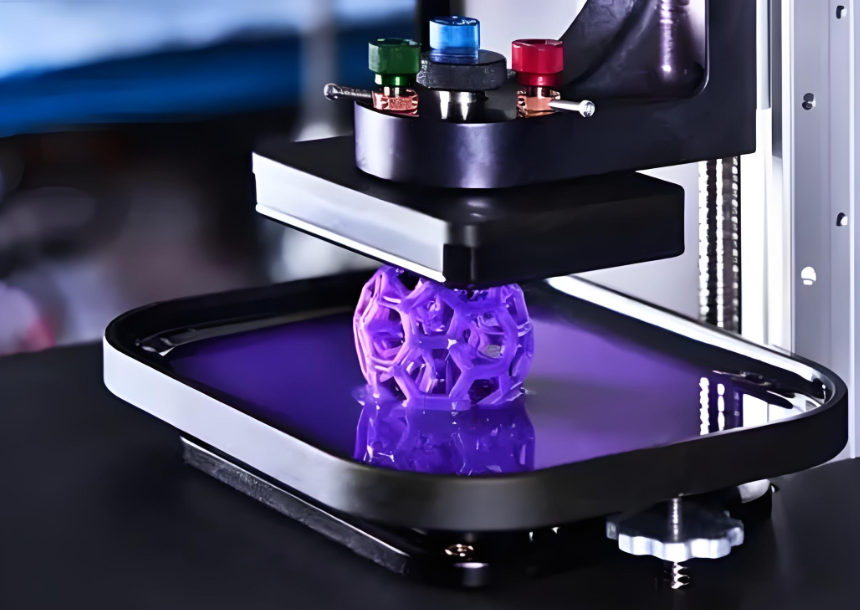
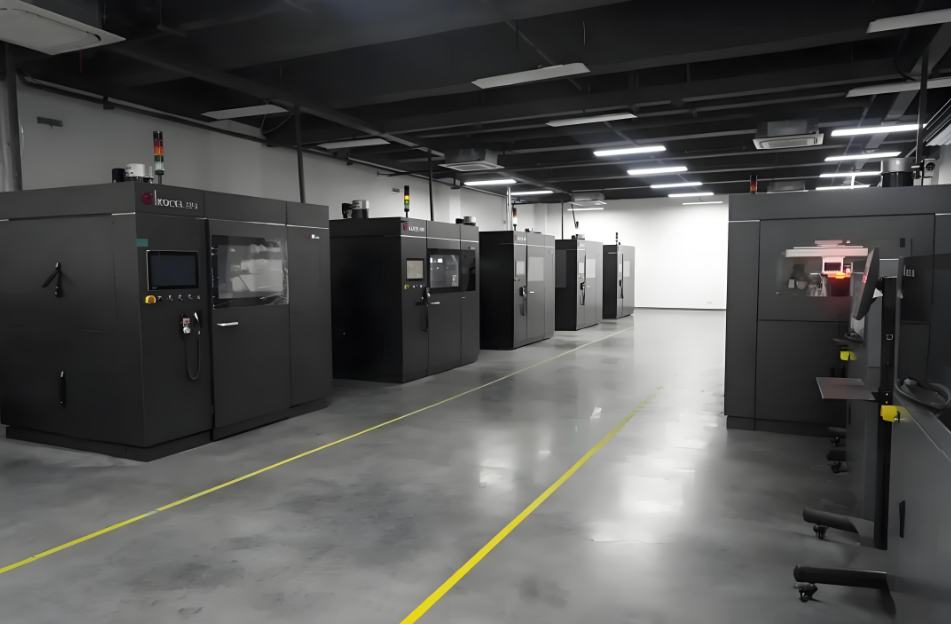
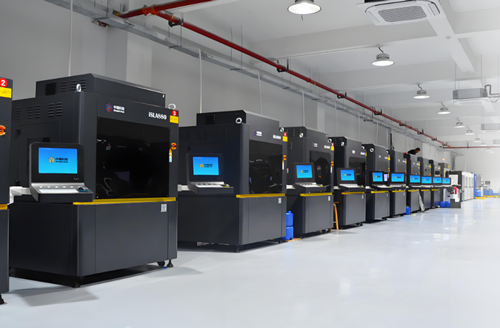
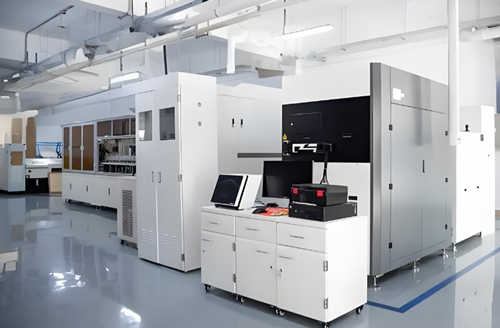

FAQs
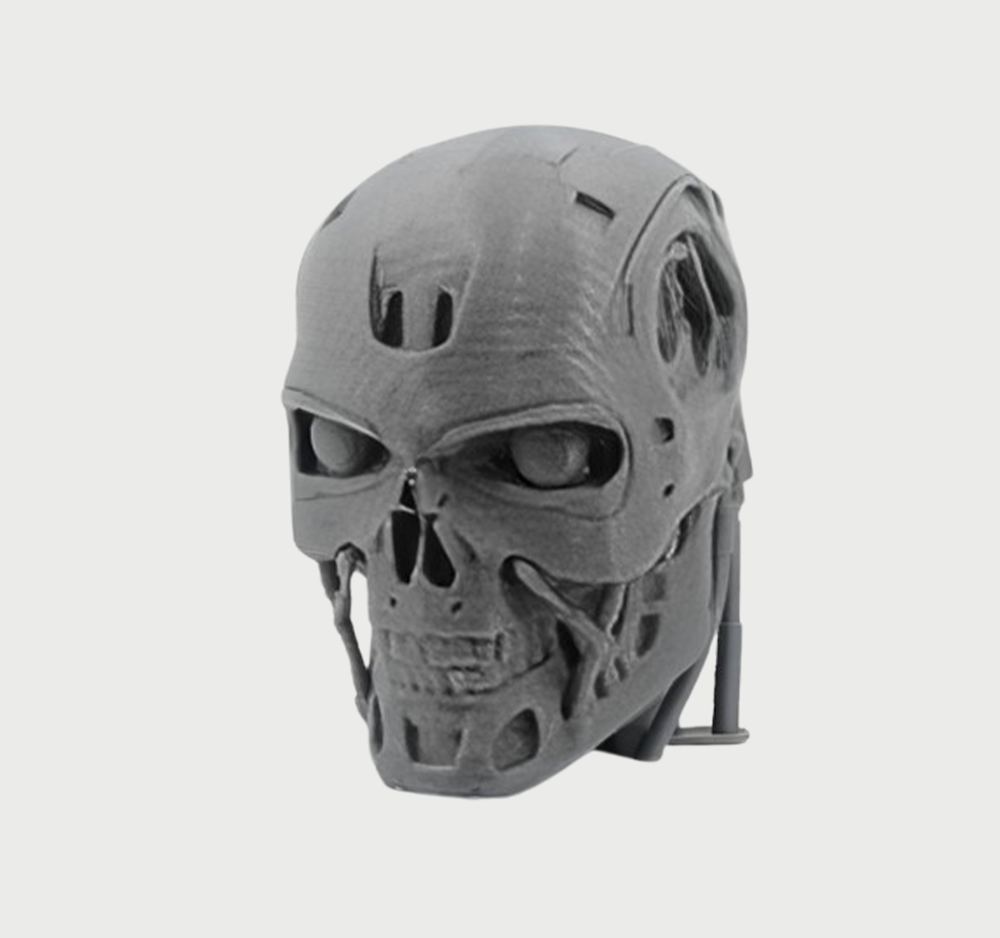
3D Printing Showcase

Models
The equipment bracket is a precision-engineered component with dimensions of 3.0x200x320mm, crafted from high-quality materials such as cold-rolled sheet (SPCC), hot-rolled sheet (SHCC), galvanized sheet (SECC, SGCC), aluminum, and stainless steel plates. With a precision tolerance of 0.05mm, it is manufactured using advanced processing methods, including laser cutting, stamping, bending, and riveting. To ensure durability, corrosion resistance, and an aesthetically refined finish, the bracket undergoes specialized surface treatments such as sandblasting, spraying, anodizing, plating, laser engraving, silk screening, and pad printing. These processes guarantee reliable performance and visual appeal, meeting the demands of diverse industrial and technical applications.
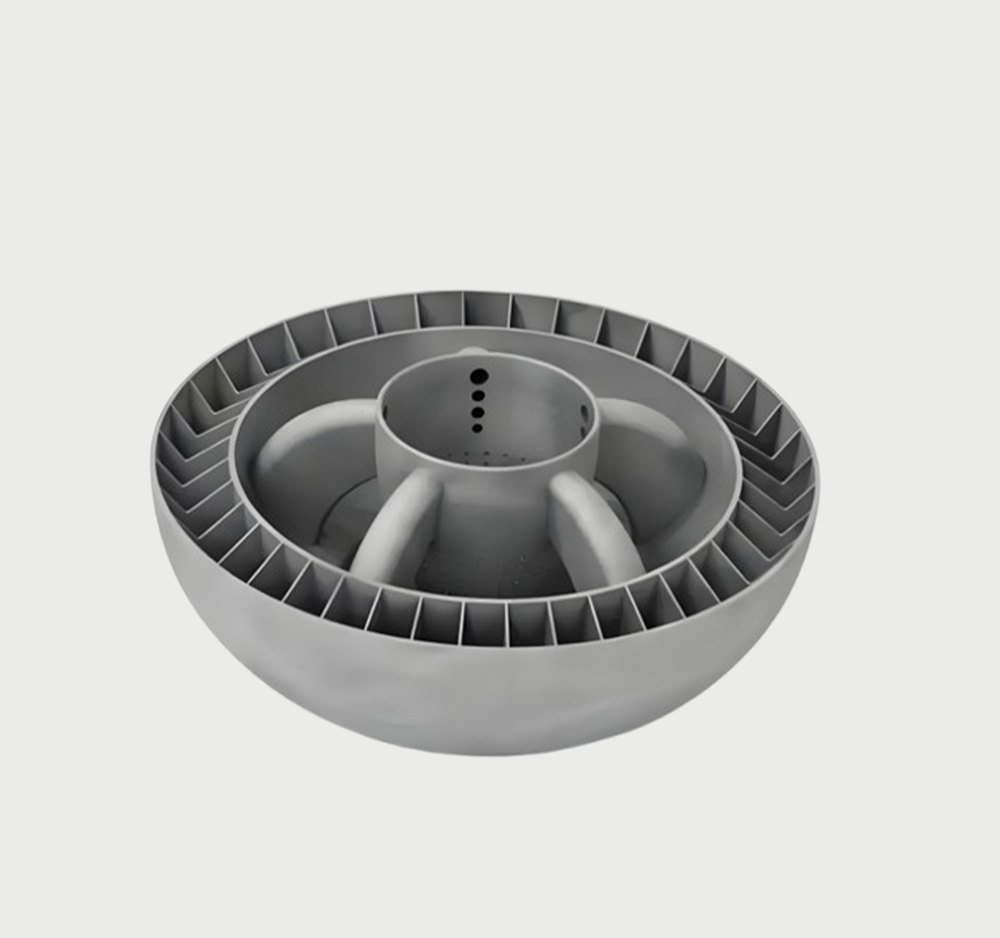
Models
The equipment bracket is a precision-engineered component with dimensions of 3.0x200x320mm, crafted from high-quality materials such as cold-rolled sheet (SPCC), hot-rolled sheet (SHCC), galvanized sheet (SECC, SGCC), aluminum, and stainless steel plates. With a precision tolerance of 0.05mm, it is manufactured using advanced processing methods, including laser cutting, stamping, bending, and riveting. To ensure durability, corrosion resistance, and an aesthetically refined finish, the bracket undergoes specialized surface treatments such as sandblasting, spraying, anodizing, plating, laser engraving, silk screening, and pad printing. These processes guarantee reliable performance and visual appeal, meeting the demands of diverse industrial and technical applications.

Models
The equipment bracket is a precision-engineered component with dimensions of 3.0x200x320mm, crafted from high-quality materials such as cold-rolled sheet (SPCC), hot-rolled sheet (SHCC), galvanized sheet (SECC, SGCC), aluminum, and stainless steel plates. With a precision tolerance of 0.05mm, it is manufactured using advanced processing methods, including laser cutting, stamping, bending, and riveting. To ensure durability, corrosion resistance, and an aesthetically refined finish, the bracket undergoes specialized surface treatments such as sandblasting, spraying, anodizing, plating, laser engraving, silk screening, and pad printing. These processes guarantee reliable performance and visual appeal, meeting the demands of diverse industrial and technical applications.
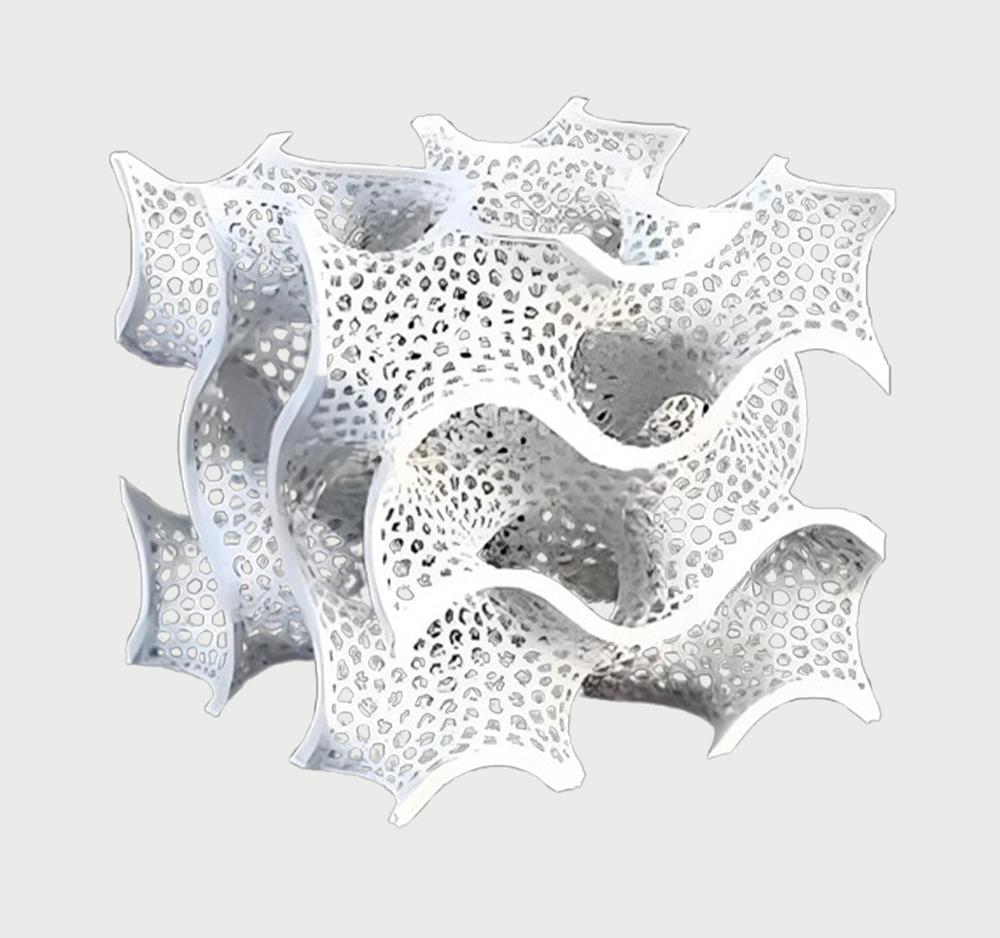
Models
The equipment bracket is a precision-engineered component with dimensions of 3.0x200x320mm, crafted from high-quality materials such as cold-rolled sheet (SPCC), hot-rolled sheet (SHCC), galvanized sheet (SECC, SGCC), aluminum, and stainless steel plates. With a precision tolerance of 0.05mm, it is manufactured using advanced processing methods, including laser cutting, stamping, bending, and riveting. To ensure durability, corrosion resistance, and an aesthetically refined finish, the bracket undergoes specialized surface treatments such as sandblasting, spraying, anodizing, plating, laser engraving, silk screening, and pad printing. These processes guarantee reliable performance and visual appeal, meeting the demands of diverse industrial and technical applications.
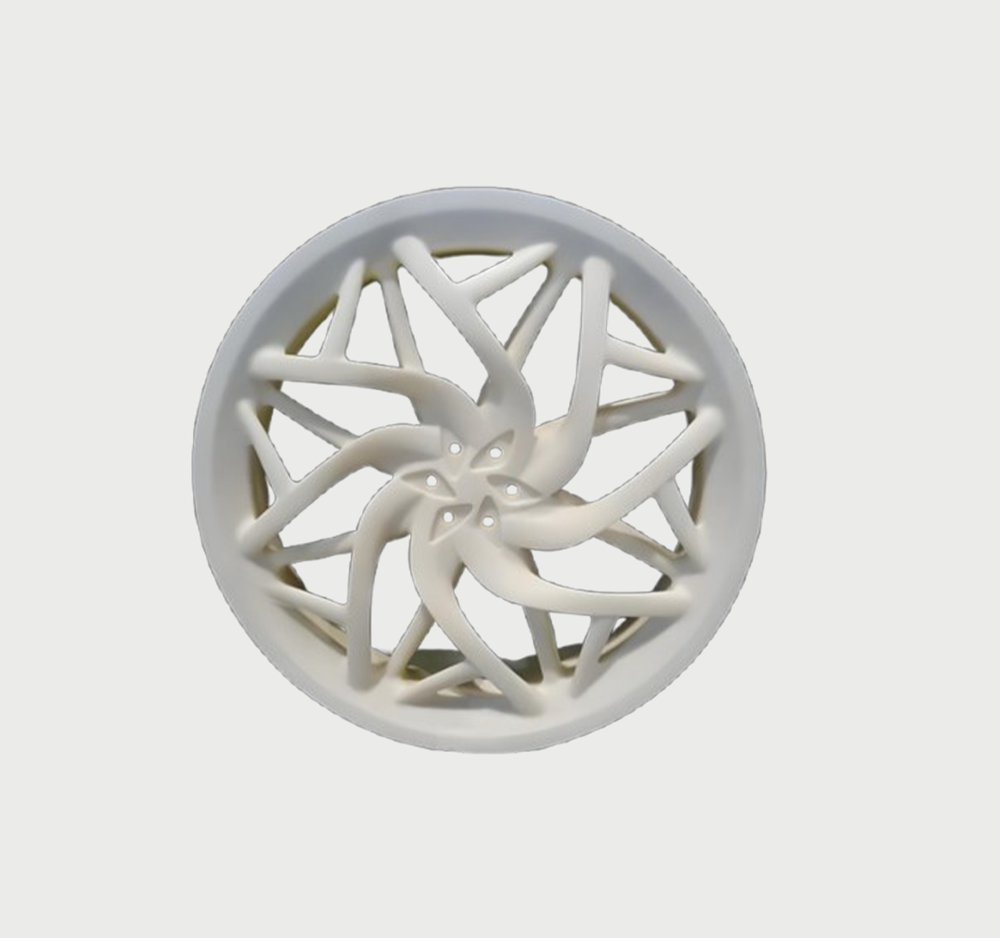
Models
The equipment bracket is a precision-engineered component with dimensions of 3.0x200x320mm, crafted from high-quality materials such as cold-rolled sheet (SPCC), hot-rolled sheet (SHCC), galvanized sheet (SECC, SGCC), aluminum, and stainless steel plates. With a precision tolerance of 0.05mm, it is manufactured using advanced processing methods, including laser cutting, stamping, bending, and riveting. To ensure durability, corrosion resistance, and an aesthetically refined finish, the bracket undergoes specialized surface treatments such as sandblasting, spraying, anodizing, plating, laser engraving, silk screening, and pad printing. These processes guarantee reliable performance and visual appeal, meeting the demands of diverse industrial and technical applications.
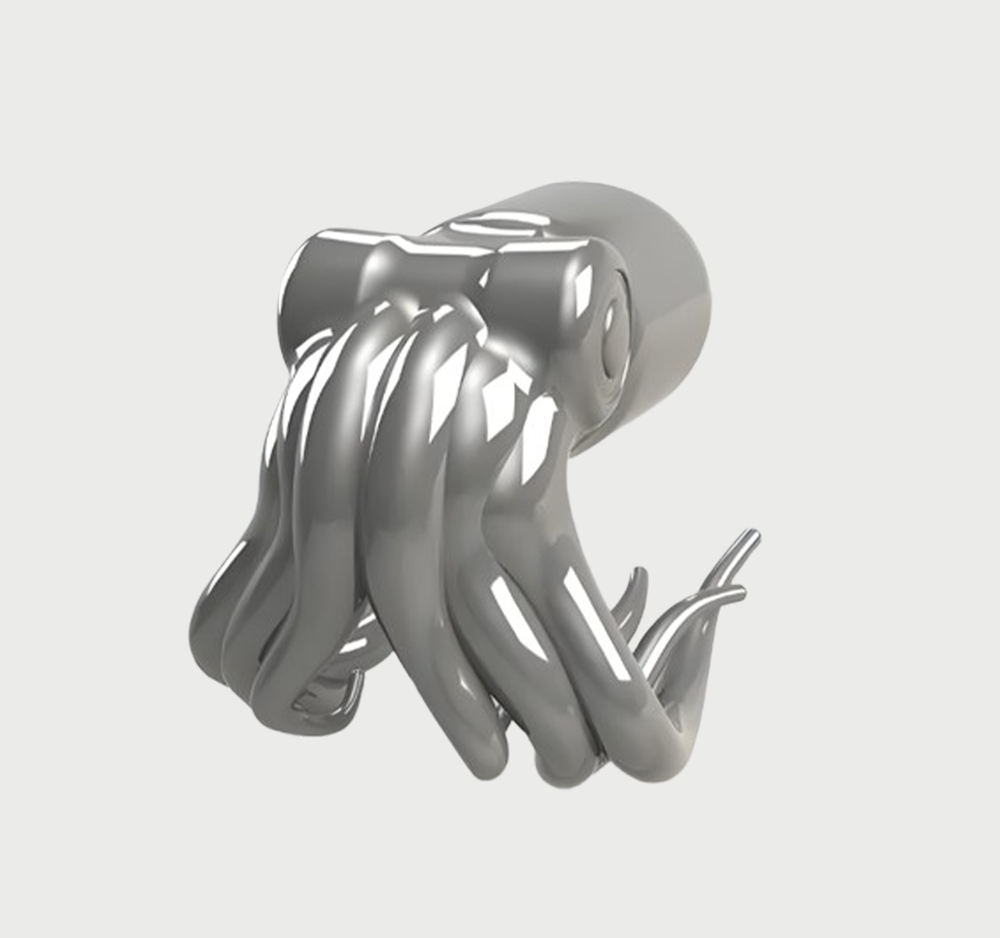
Models
The equipment bracket is a precision-engineered component with dimensions of 3.0x200x320mm, crafted from high-quality materials such as cold-rolled sheet (SPCC), hot-rolled sheet (SHCC), galvanized sheet (SECC, SGCC), aluminum, and stainless steel plates. With a precision tolerance of 0.05mm, it is manufactured using advanced processing methods, including laser cutting, stamping, bending, and riveting. To ensure durability, corrosion resistance, and an aesthetically refined finish, the bracket undergoes specialized surface treatments such as sandblasting, spraying, anodizing, plating, laser engraving, silk screening, and pad printing. These processes guarantee reliable performance and visual appeal, meeting the demands of diverse industrial and technical applications.
3D Printing Information
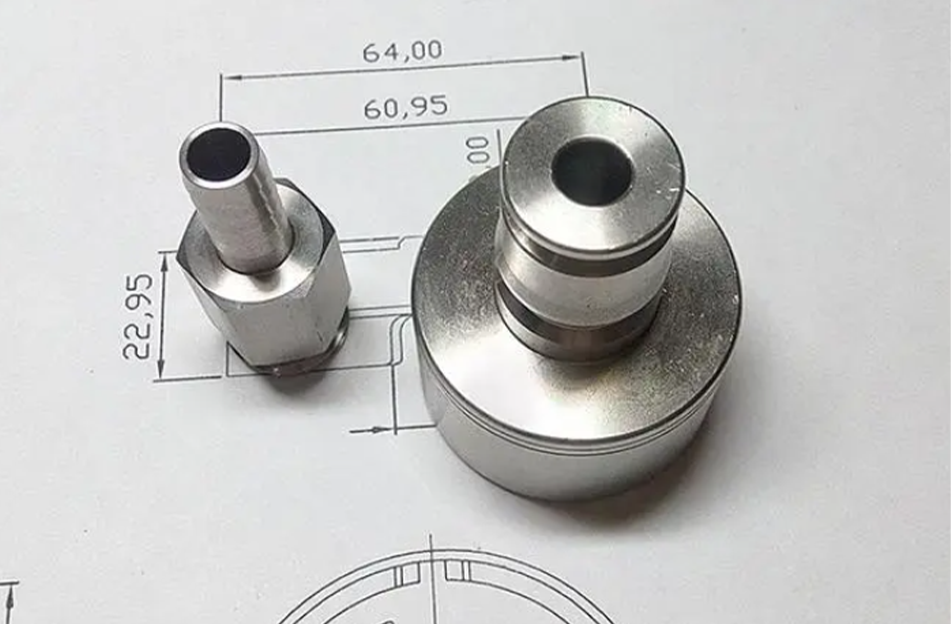
Parts Processing: A Comprehensive Guide to Techniques, Innovations, and Industry Solutions
Introduction to Parts Processing Parts processing is the lifeblood of modern manufacturing, transforming raw materials into high-quality components that power industries worldwide. From automotive engines to medical implants, this

Precision CNC Parts for Robotics: Elevating Automation with High-Quality Components
Introduction to Precision CNC Parts in Robotics In the ever-evolving world of robotics, precision and reliability are the cornerstones of successful automation systems. CNC (Computer Numerical Control) machining has emerged


